Skill-Hub
The effects of climate change are closer to home now than ever and so we must act to mitigate climate change. As more and more projects are going green, bigger grows the demand for qualified sustainability and green professionals.
For a truly sustainable and equitable world, we must empower our workforce to create positive, meaningful changes in our daily professional and personal lives. The role infrastructure and buildings play in all of this cannot be ignored and the design of new green buildings and optimizing existing buildings will undoubtedly create more jobs. But are students and professionals prepared to meet this demand?
This is where GBRI workforce training will help to bridge the gap between academic learning and industry expectations.
This page lists all our workforce training components, expected duration, and suggested number of students per batch. We work with colleges, corporates, and community organizations to deliver our workforce training.
Green Building Associate
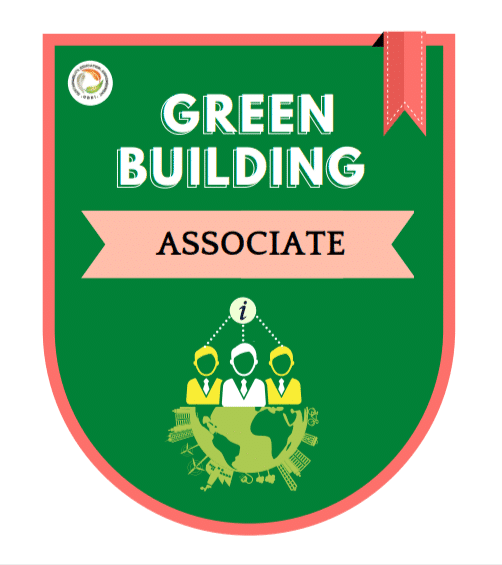
Duration: 30 hours total with a suggested roadmap of 4–7 weeks
Delivery Format—Hybrid (One Day in-Person, Online Live, and On-Demand)
Expected Number of Students: 50 per batch for a total of 200
By the conclusion of this training program, students will be able to achieve:- Strong foundational knowledge in sustainability, green buildings, climate change, and clean energy
- Fundamental knowledge of sustainability initiatives, net zero buildings, and green building rating systems
- Ability to pass the USGBC LEED Green Associate Exam
- Earn 15 AIA Learning Units
- Earn GBRI’s International Sustainability & Green Building Associate Certificate, and badge
- Earn GBRI Climate Change Warrior and Champion Certificate, and badge
- Eligibility for next level
Green Building Professional
Sustainability & Green Building Professional is ideal for students who have completed Training 1 and 2. This technical training will be developed using GPRO and the LEED rating system as it relates to building design and construction and existing building operations and maintenance. Students may choose between 2 paths: Building Design and Construction (LEED BD+C) or Existing Building Operations and Maintenance (LEED O+M). The training program will utilize a hybrid approach (in-person, online live, and online on-demand) in teaching the content. In addition to core sustainability topics, students will be encouraged to present on research topics they are interested in. Weekly online meetings with students will also include soft skills training, resume building, and training on public speaking.
Duration: 40 hours total with a suggested roadmap of 7–10 weeks
Delivery Format—Hybrid (2 Days in-Person, Online Live, and On-Demand)
Expected Number of Students: 35 per batch for a total of 140
By the conclusion of this training program, students will have:
- Strong understanding of sustainability concepts as it relates to buildings
- Strong understanding of energy-efficient heating, ventilation, and air conditioning (HVAC) and water heating, building electrification, building envelope-insulation and fenestration, energy-efficient lighting and controls, and renewable energy systems
- Strong understanding of Existing Building Retrofit using LEED Operations & Maintenance and GPRO
- Ability to earn the LEED AP credential in Building Design or Operations & Maintenance
- Earn 30 AIA Learning Units
- Earn GBRI’s International Sustainability & Green Building Professional Certificate
- Earn GBRI Climate Change Ambassador Certificate
- Eligibility for next level
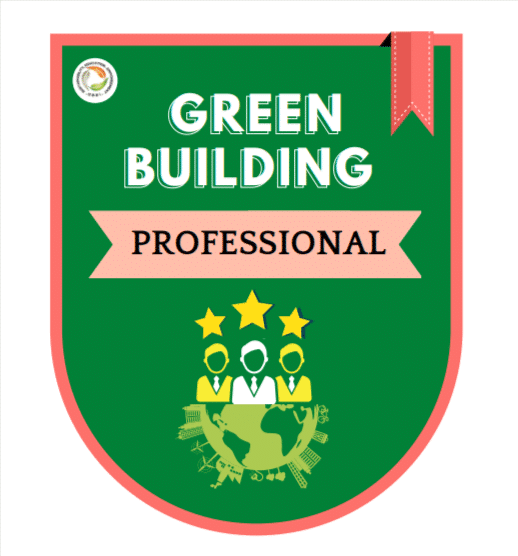
Green Project Management using LEED BD+C
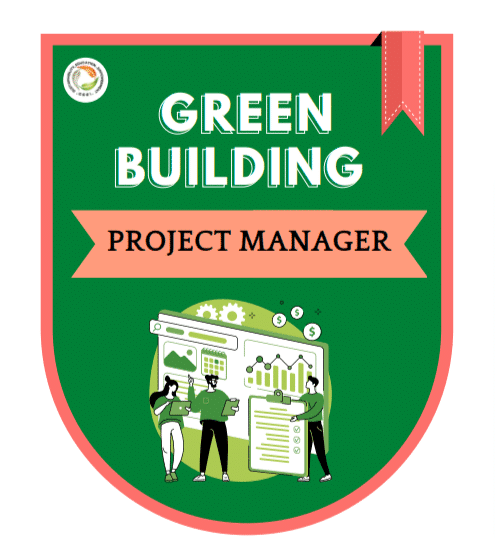
Green Construction Management using LEED BD+C
Coming Soon…
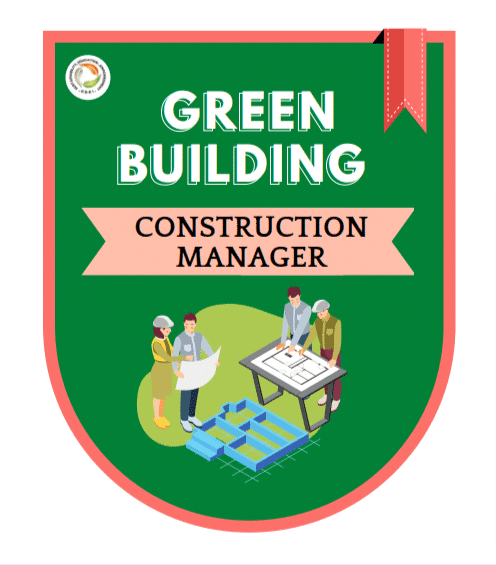
Green CM using LEED BD+C– New Construction for Contractors

Coming Soon…
Green PM using LEED BD+C

Energy Modeling
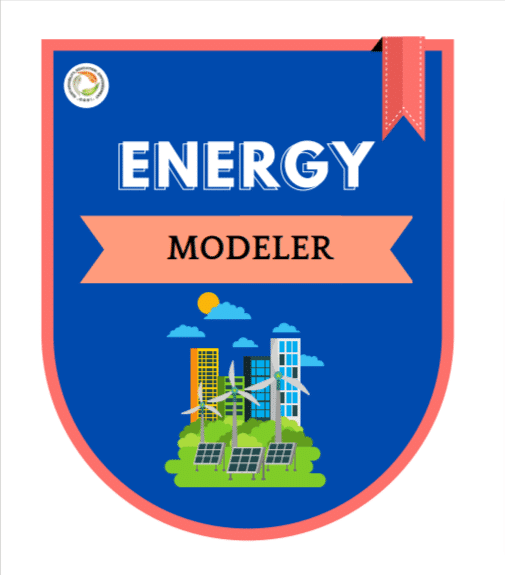
Daylighting Simulation
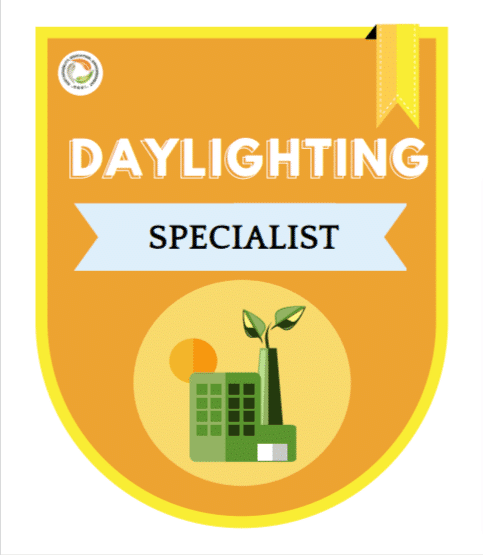
Project Controls Training

Mentorship Program






